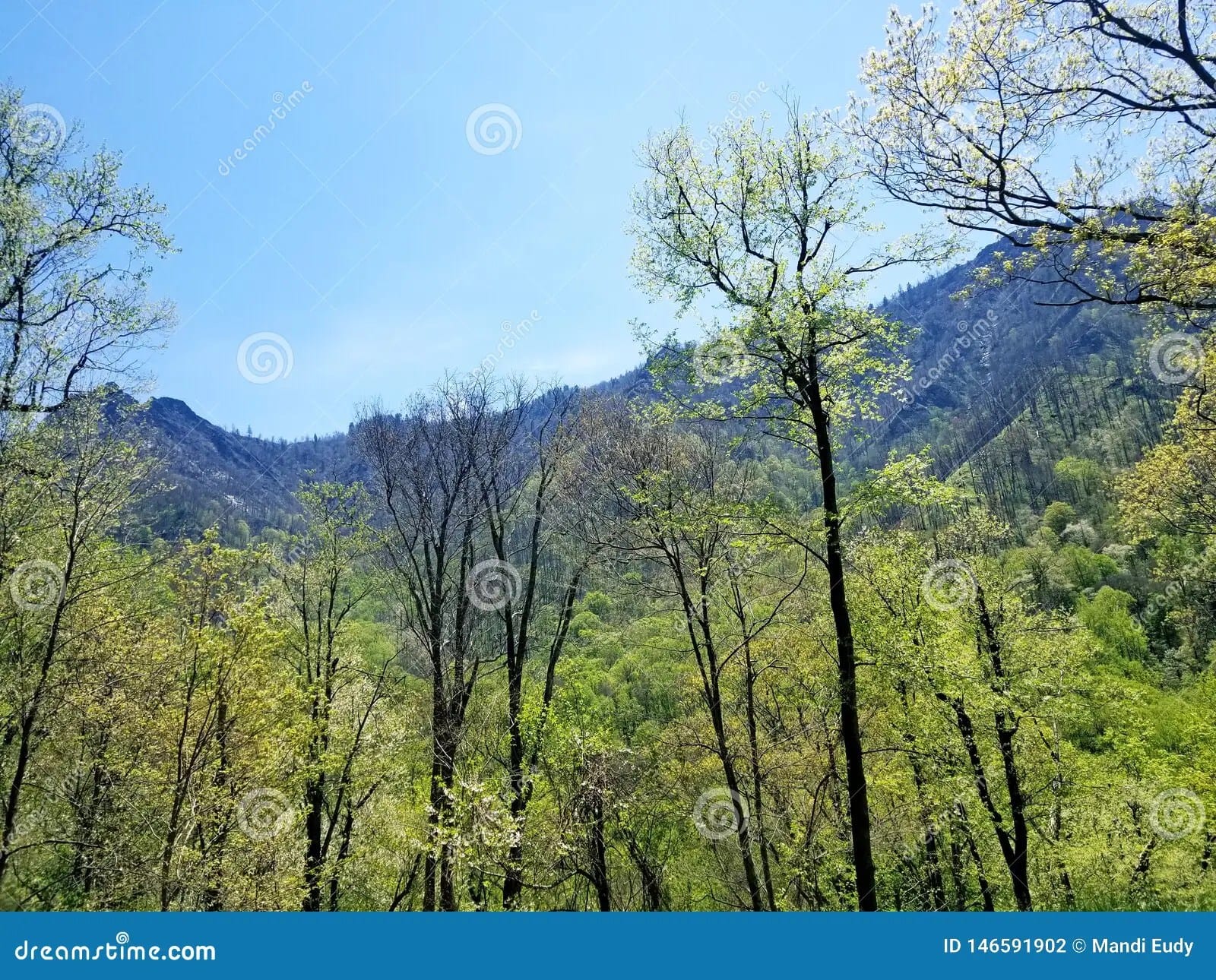Gatlinburg, nestled in the heart of the Great Smoky Mountains, offers a unique blend of natural beauty and vibrant attractions. Its elevation, while moderate in the town itself, plays a crucial role in shaping its climate, ecosystem, and the range of activities available to visitors. This article delves into the fascinating interplay of elevation and experience in Gatlinburg, offering insights for planning your Smoky Mountain adventure.
Gatlinburg’s Elevation and its Impact
Gatlinburg sits at an elevation of approximately 1,289 feet above sea level. This moderate altitude provides a comfortable base for exploration, unlike higher-altitude destinations such as Durango, CO, perched at 6,512 feet. However, Gatlinburg’s proximity to the towering peaks of the Smoky Mountains, some exceeding 6,000 feet, significantly influences its local environment. This dramatic variation in elevation creates distinct microclimates, impacting temperature, precipitation, and the diverse array of plant and animal life found throughout the region. As you venture higher into the surrounding national park, you’ll likely experience cooler temperatures and potentially encounter rain or snow, even during warmer months.
This interplay of elevations creates a fascinating dynamic. While Gatlinburg may bask in sunshine, the higher peaks might be shrouded in fog or dusted with snow, particularly during winter. This phenomenon underscores the importance of understanding elevation and its implications when planning your Smoky Mountain activities. The unique topography, with Gatlinburg nestled in a valley surrounded by rising peaks, offers breathtaking panoramic views. Researchers suggest that this varied terrain may also influence local wind patterns, although studies are ongoing. For comparison, consider the elevation in Bozeman, MT at 4,823 feet, which offers a different mountainous experience.
| Location | Approximate Elevation (feet) |
|---|---|
| Gatlinburg | 1,289 |
| Clingmans Dome (highest point in the Smokies) | 6,643 |
Historically, Gatlinburg’s elevation has played a significant role. Early settlers adapted their farming practices to the varying slopes, utilizing lower elevations for agriculture and higher elevations for resources like timber. This challenging terrain also contributed to the area’s preservation, eventually leading to the establishment of the Great Smoky Mountains National Park.
Is Gatlinburg Considered High Altitude?
While Gatlinburg is situated in a mountainous region, its elevation of 1,289 feet is not typically considered high altitude. High altitude is generally defined as starting around 8,000 feet. This distinction is crucial for understanding potential health effects and planning your trip. While altitude sickness is unlikely in Gatlinburg proper, venturing into the higher reaches of the Smoky Mountains introduces that possibility. Symptoms like headaches, dizziness, and nausea can occur with rapid altitude gain. It’s wise to familiarize yourself with these symptoms and acclimatize gradually when exploring the park’s higher elevations. Ongoing research continues to explore the complex relationship between altitude and the human body.
The key takeaway is understanding relative altitude. Gatlinburg’s moderate elevation provides a comfortable base camp, but its proximity to significantly higher peaks in the Smokies allows for easy access to high-altitude experiences. This unique combination offers flexibility for visitors to choose their level of adventure, from leisurely strolls in town to challenging hikes with stunning vistas.
Pigeon Forge Elevation: A Neighboring Perspective
Pigeon Forge, a popular destination near Gatlinburg, rests at an elevation of approximately 1,000 feet. This slightly lower elevation can subtly influence weather patterns and create variations in microclimates between the two towns. While Pigeon Forge offers a comparable moderate altitude experience, the surrounding terrain, including some accommodations, can reach elevations closer to 2,000 feet. This provides opportunities for stunning mountain views and diverse outdoor experiences. Understanding the interplay of elevations in this region provides a richer appreciation for the landscape’s complexity.
Why is Gatlinburg So Famous?
Gatlinburg’s fame stems from a confluence of factors, primarily its role as the gateway to the Great Smoky Mountains National Park, the most visited national park in the United States. This unparalleled access to natural wonders draws millions annually, eager to explore the park’s vast network of hiking trails, scenic drives, and diverse ecosystems.
Beyond the Smokies, Gatlinburg itself offers a vibrant tapestry of attractions. From the thrill of ziplining and whitewater rafting to the family-friendly fun of Ripley’s Aquarium and Ober Gatlinburg, there’s something for everyone. The town’s rich history, evident in the Gatlinburg Welcome Center and Museum, and the thriving Arts & Crafts Community add depth to its appeal.
Gatlinburg’s culinary scene, particularly its abundance of pancake houses, contributes to its unique character. Accommodation options range from cozy cabins nestled in the mountains to convenient hotels and unique glamping experiences. The town’s accessibility via U.S. Route 441 further enhances its popularity.
Gatlinburg’s enduring appeal lies in its ability to cater to diverse interests, offering a blend of natural beauty, thrilling adventures, and cultural experiences. This multi-faceted destination provides a dynamic backdrop for creating lasting memories, regardless of the season.















